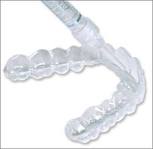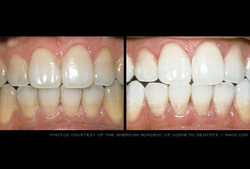Dr. Schumm and our team will work with you to find the best solution to a vibrant, confident smile! Click on the tabs below to learn more!
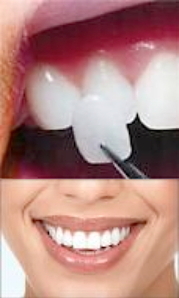
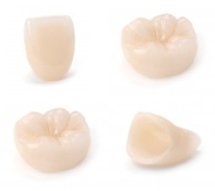
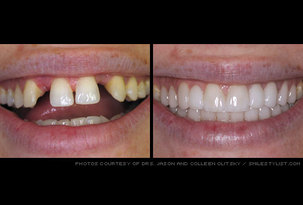
A fixed (permanent) bridge replaces one or more teeth by placing crowns on the teeth either side of the gap, and attaching artificial teeth to them. The “bridge” is then cemented into place. A bridge is made up of two crowns for the teeth on either side of the gap — these two anchoring teeth are called abutment teeth — and a false tooth/teeth in between. These false teeth are called pontics and can be made from gold, alloys, porcelain, or a combination of these materials. Dental bridges are supported by natural teeth or implants. Bridges can:
- Restore your smile
- Restore the ability to properly chew and speak
- Maintain the shape of your face
- Distribute the forces in your bite properly by replacing missing teeth
- Prevent remaining teeth from drifting out of position
There are three main types of dental bridges:
- Traditional bridges involve creating a crown for the tooth or implant on either side of the missing tooth, with a pontic in between. Traditional bridges are the most common type of bridge and are made of either porcelain fused to metal or ceramics.
- Cantilever bridges are used when there are adjacent teeth on only one side of the missing tooth or teeth.
- Maryland bonded bridges (also called a resin-bonded bridge or a Maryland bridge) are made of plastic teeth and gums supported by a metal framework. Metal wings on each side of the bridge are bonded to your existing teeth.
Call us today for an appointment to discuss with Dr. Schumm which bridge solution is right for you.
Everybody loves a bright white smile, and there are a variety of products and procedures available to help you improve the look of yours. Many people are satisfied with the sparkle they get from daily oral hygiene and regular cleanings at your dentist’s office, but if you decide you would like to go beyond this to make your smile look brighter, you should investigate all of your whitening options.The custom-made tray system that we offer delivers superior results. Ask us for more information and to set an appointment to have your custom trays made with Dr. Schumm.
- At-home bleaching. Peroxide-containing whiteners actually bleach the tooth enamel. They typically come in a gel and are placed in a bleaching tray. Usage regimens vary. There are potential side effects, such as increased sensitivity or gum irritation. Share your concerns or questions with Dr. Schumm as you consider this option.
- Whitening toothpastes. All toothpastes help remove surface stain through the action of mild abrasives. “Whitening” toothpastes in the ADA Seal of Acceptance program have special chemical or polishing agents that provide additional stain removal effectiveness. Unlike bleaches, these ADA Accepted products do not change the color of teeth because they can only remove stains on the surface.

